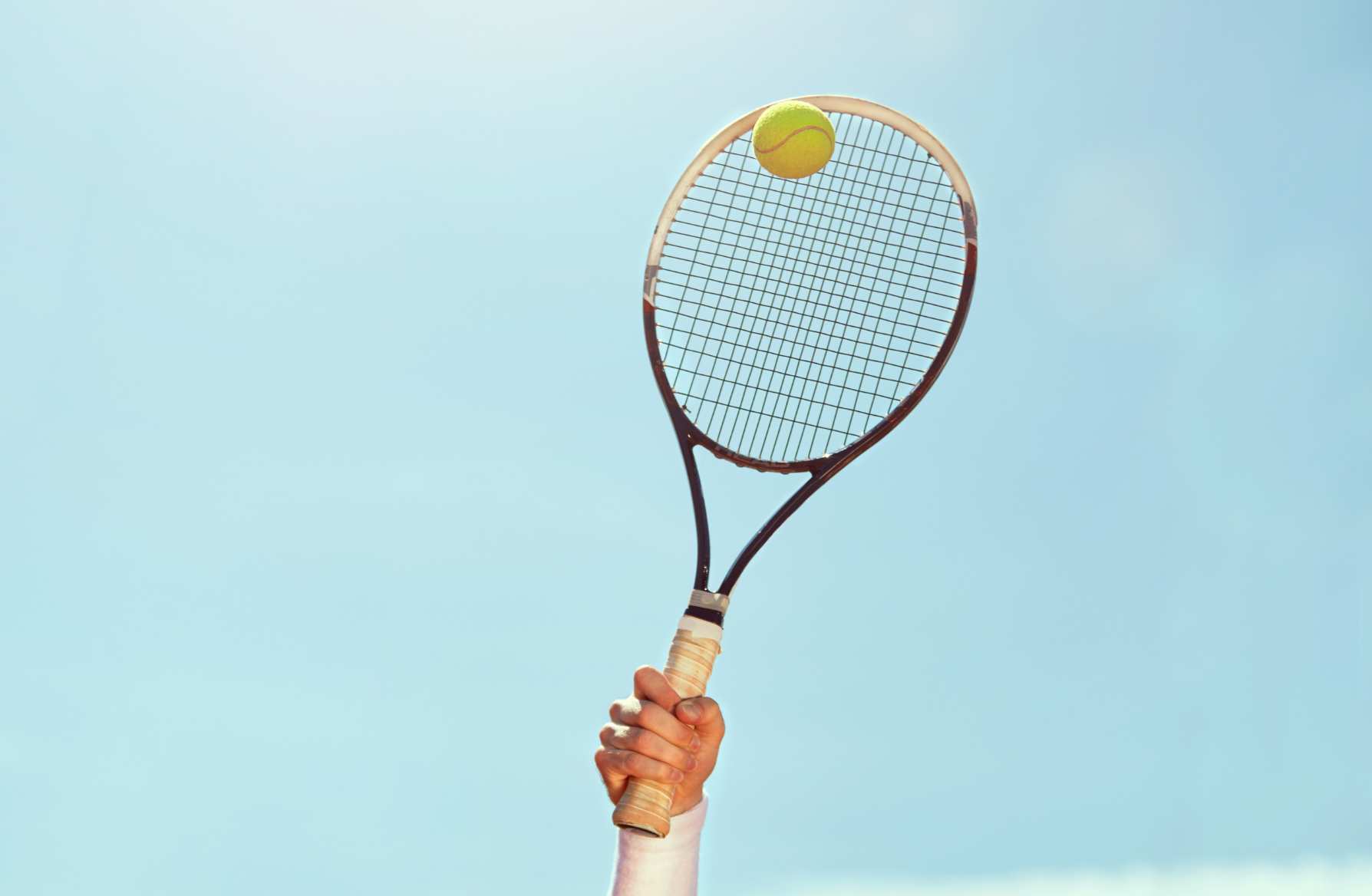The power of routine

This week kicks off Melbourne’s sporting calendar as the world’s top tennis players descend on the city for the first major of the year. Here at The Mind Room we’ve been watching player’s jumping, arranging chairs, cleaning the line and putting on their lucky socks and it’s made us think a lot about routines. How important is routine, is it just superstition or does it have an impact on a player’s performance, and how might we set our own routines to maximise our performance?
Each sport has unique challenges and circumstances that require particular mental skills. As a static sport at heart (one that starts and stops throughout the course of play), most tennis players to develop routines for best performance outcomes. The most well known is a ‘pre-performance routine.’
The pre-performance routine (typically under 30 seconds) is where an athlete goes through a set of ordered behaviours that allows them to put full focus to the task at hand. These we generally see in sports such as diving, gymnastics, shooting and ball sports when kicking for goal. We witness these ordered behaviours in tennis players when they bounce the ball multiple times (Djokovic), adjust their racquet strings (Sharapova) or adjust clothing (Nadal).
Why the routine?
Behavioural routines have proven to be helpful for athletes to be able to concentrate and be less distracted within their performance. However, the impact of these behavioural routines is greatly enhanced if we add routines for the mind, such as breathing, visualisation, mindfulness techniques or use of cue words.
When an athlete develops the ability to combine and execute psychological skills alongside behavioural ones, they become better able to focus and perform to the best of their ability.
Game, set and match.
Psychologically speaking, tennis players are in a unique position to use mental routines to enhance their performance. Players have the potential to have multiple pre-performance routines; before first serve, before second serve and change of ends or at completion of sets. With 25 seconds between points and 90 seconds at change of ends, this also allows them the time to have post-performance routines. A post-performance routine can allow the player to learn from what just occurred in that point or time to stabilise their emotions before play continues.
Players don’t need to have multiple or all types of routines, and some use the same routine universally. The most important aspect here is that they have a routine for times most at need or when they think is important, and these decisions are specific to each player.
How do I set my own?
So what are important aspects to a routine? First of all, work backwards from the time of the performance starting (0 seconds). Then add the sequence of behaviours in order that you want to implement before that time. Once completed, add the psychological aspects of the routine to match the behavioural aspects. Ensure it does not exceed any time limits the game allows then rehearse and rehearse again.
See the below example of a tennis player’s pre-performance routine:

Once you feel like you have an established routine in place, the next step is to add distractions to challenge your routine. Examples of distractions used are various sounds listened to by headphones that could distract the player from their concentration. Another way is to use teammates or support staff around to say jokes, insults or anything they believe will remove you from your set routine. Challenging the routine is an important step in knowing that it is rigorous enough to use for performance. It is important to always practise your routine at training before applying in a performance.
So in the next two weeks when you see Nadal lining up his drink bottles and a player wiping their face with a towel first before receiving the balls to serve with, understand that this is definitely not just a case of a player acting a little odd, instead it is a well organised and well rehearsed system they designed to have them ready for the big stage.





